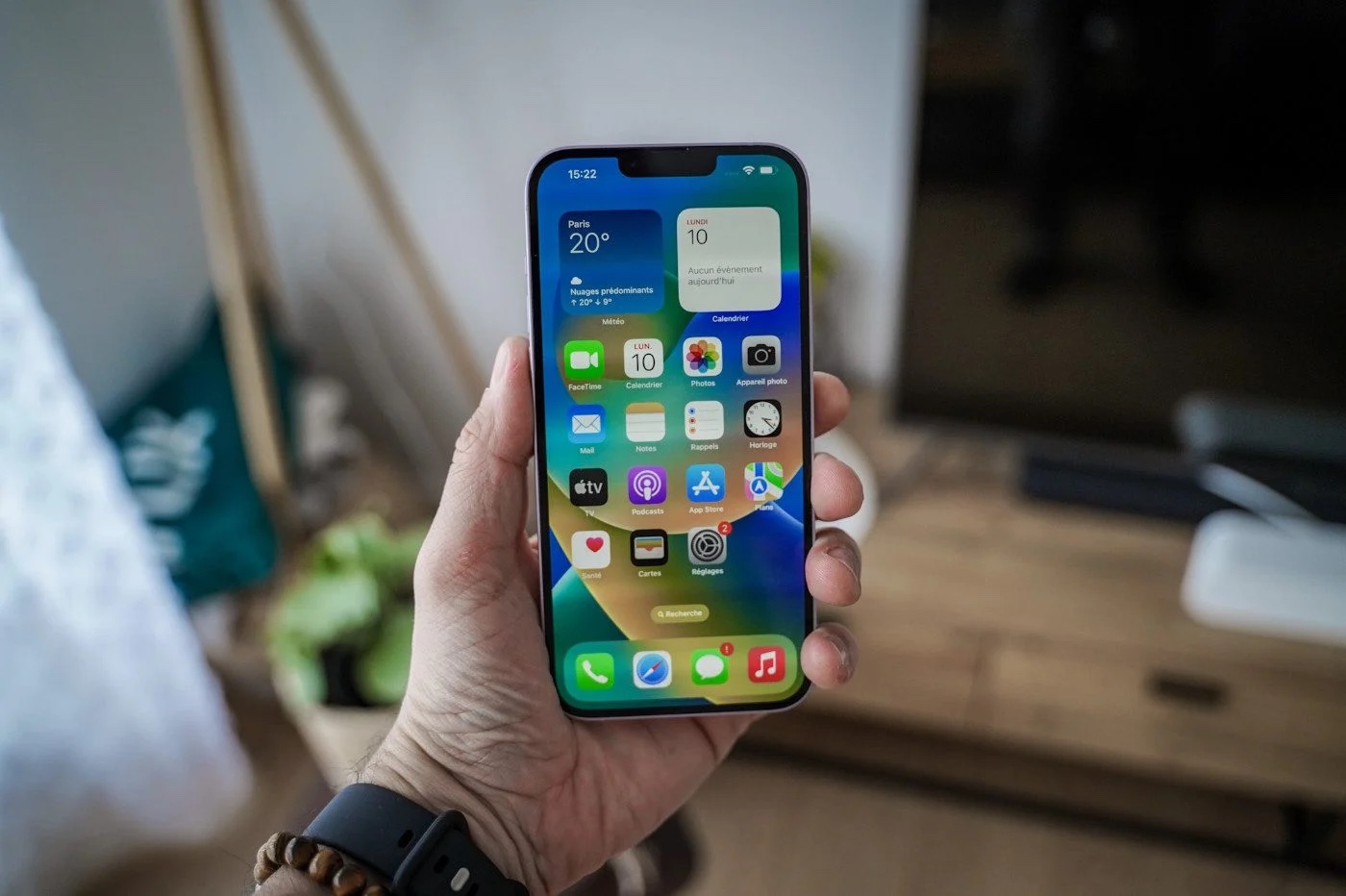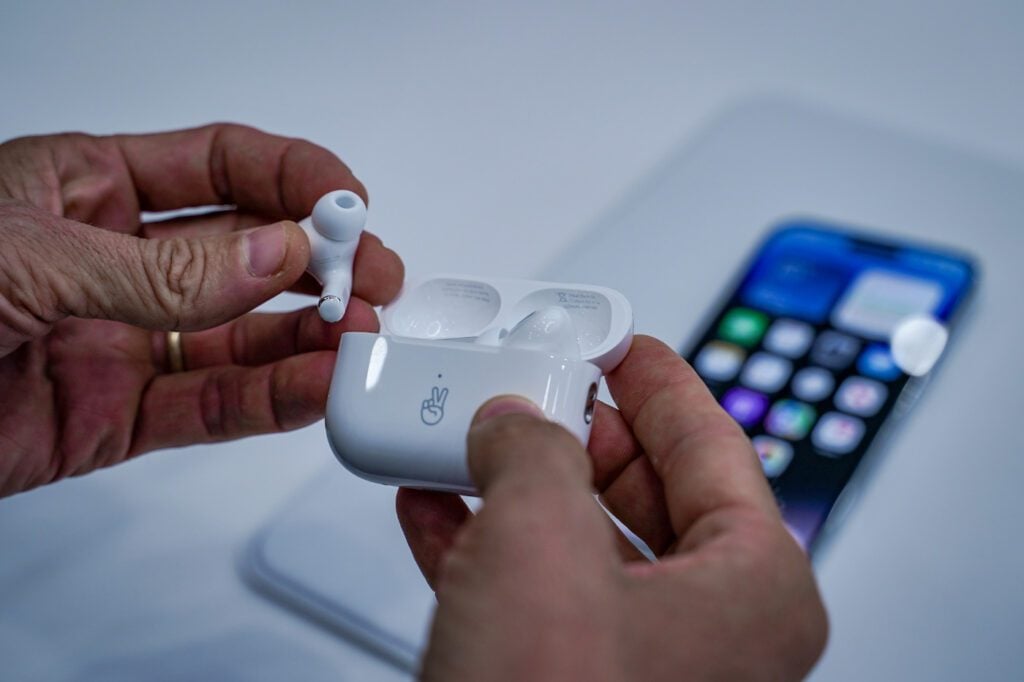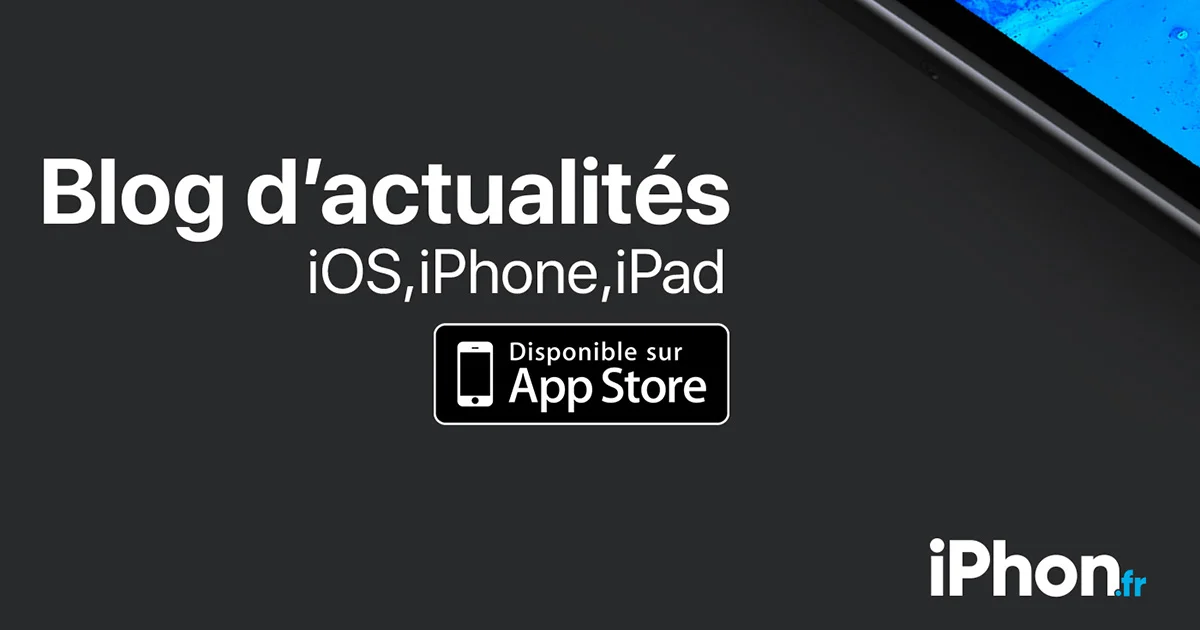![]() With iOS 7, Apple added a function
With iOS 7, Apple added a function
called iBeacon, which constitutes a sort of response to the development of NFC. We
has already discussed at length theexisting uses and
possible iBeacons in these many articles. The subject is fascinating
and opens up numerous possibilities for micro-related interactions
localization, a domain hitherto limited by the range of signals
GPS.
But by talking about it,we want to test the
iBeacons. Only the system demandsa transmitter box
Bluetooth(the “iBeacon”) and aapplication configured for
recognize and reactwhen the user approaches it. Issue,
iBeacons are still little marketed and cost several dozen
euros, while the application must be developed “to order”.
But one
application released yesterday called Placedet
another one a little olderallow you to test (and use
possibly) iBeacons directly at home. This “only” requires two
iOS devices and a few euros for apps.
Here's how to test iBeacons:
Prerequisites
First of all, two constraints to note: it is necessary thatl’iPhone
and iPad are Bluetooth 4 compatible(iPhone 4S and up, iPad 3 and up
more) and they useiOS 7. Then, it is necessary
accept a certain number of limitations, we list them
below, read before getting started!
You must first transform one of the devices intoissuer
Bluetooth iBeacon. For this, you can use the application
iBeacon Emitter:
iBeacon Emitter is available here on the App Storeat a price of 0.89
euros
Second step, a second device must be able to react to the approach
you iBeacon.
Aapplicationrecently released on the app store
allows you to detect an iBeacon and launch an application or a page
Internet more easily when approaching an iBeacon. It is about
Placedoffered by the same developer as Travel
Radarsolution
iBeacon presented here in our columns. You cansee her in action in this video
Placed is available here on the App Storeat the price of 2.69 euros
The principle of this application is that of an "application launcher"
configured to send notifications when you approach within one
meter of a particular iBeacon.
Utilisation
Start-up is done inconfiguring the iBeacon Emitter
which will transform your machine into iBeacon:
- The first field is obtained by pressing the rounded arrow, it is
the unique identifier of your machine, a series of letters and numbers very
very long, to copy and paste for use later! - The second is the name of the iBeacon: to suit you!
- the following two fields are numeric, for our tests we put 1 and
2 - the following field "power" is optional, we left it blank
Remember to check that Bluetooth is active on the machine, you are then
ready to launch the iBeacon, to do this, just press the big button
“Turn iBeacon on.” It changes the display from red to green and an animation
indicates that the iBeacon is on.
Warning: extend the machine or exit the app seem to end
the iBeacon broadcast, you will therefore have to leave your machine active for the
test.
At this point, that's it, you have an iBeacon at home, and it
emits!
Now it's time to configure the applicationPlaced
which will react to the approach of the iBeacon thus created. This application is a bit
complex in its use, we will remain in a simple case, that the most
informed will extend without problem. The app, which has certain limitations, will be
configured to display a notification on the home screen (everything goes through
notifications, it's an iOS constraint) which when pressed, will send
on an Internet page. Other uses are possible, for example for
launch the task manager or something else,there are detailed explanations on the website
the editor here.
To do this, you must create an entry by pressing the "+" sign, the
following parameters are then used (note, they are linked to the iBeacon
previously created):
- Name: ideally give it the same name as
previously, to find your way - UUID: this is the very long identifier that we have
recovered from the iBeacon side in the previous step, transfer it by email then copy
/ paste because it must be strictly identical! - Major Id et Minor Id: these are the two values
positioned on the transmitter: 1 and 2 in our case - Action: this is where the action is configured which will be
carried out by sliding the notification. We chose “Web”, “Open Website” and
positioned the URL at "https://iPhon.fr".
Here we are now with, in addition to the iBeacon, an application ready to
react to his approach. If everything is set up correctly (check in case of problems
afterwards because it is simple but a parameter error quickly occurred), that the
iBeacon is running and the two devices are close then the display
receiver displaysthe name of the ibeacon with a halo showing that the
detection and the distance is less than 1m.
Then by moving away and coming back into the field of the iBeacon, we do
appear a notification. A slide on it then launches the browser
with the specified address.
Limitations
We presented here atest, which worked for us after
several tests. But apart from the need to have two machines, everything is not
easy and we are still in the early stages which does not make it a solution at all
usable on a daily basis.
To be very clear, here are some constraints linked to this
solution or to iOS:
- during our tests, we encountered a lot of problems with an iBeacon which
was no longer detected. Is it fault of the sending or receiving app? None
idea ! But the solution was to kill both apps and restart
completely both machines to start from a healthy base
- Next, the Placed application is an application "launcher", but it undergoes
the limits and constraints of iOSnamely thathe doesn't
throw nothing on its own, it is limited to displaying a notification which
she will go back through the app and launch an action.
- The most annoying and surprising concerns the notification: for a
unknown reason,this does not turn on the iPhone screen, but
only appears when you turn on the iPhone yourself. It is suddenly
much less interesting than a notification like we are used to, which wakes
the phone when she arrives. This is something to know when testing: think about
turn on the phone once in the iBeacon field to see the
notification. This therefore reduces the interest in the launch solution and the
use case, since you have to remember to turn on the phone when you
approaches the iBeacon. Configuration problem with us, iOS constraint, if
you have the solution or explanation, head to the comments below
to share!
- Placed useslaunch primitives for
applicationswhich are not trivial and require a bit
usually or search on the Internet to be configured correctly
(seehere for a good source). Ce
is not a simple 'push button', you might as well know that. This is what limits
greatly the usefulness of the application apart from the test presented here, even
when equipped with a standard iBeacon.
- Apps are not universal binaries and therefore do not run in
full screen on iPad (there is the X2 button all the same to avoid the appearance
post-it) but they are functional on iPad.
So much for this first experience with the iBeacons, no doubt that
more successful solutions and other uses will emerge in the weeks and
months to come, as we love the subject, rest assured that we will come back to itin these articles!
Here are other articles fromour section
practical:
Tips
- Take
photos discreetly with iOS 7 - iOS
7: how to greatly reduce visual effects
Send a route from Mac to iPhone- iOS
7: 20 practical tips and hidden functions in the new interface
(update: addition of 10 new ones) - 10
tips to improve iPhone battery life under iOS 7
iOS 7: new functions in detail
Configure and personalize the screen today- Configure,
use and manage iCloud Keychain on iPhone, iPad, and Mac - iOS 7 :
new features and tips for the photo app
Everything you need to know about the control center- What's
new to Siri? - Find out everything about
Facetime Audio - Discover and
configure automatic updates in iOS 7 - Use and
understand the blacklist of iPhone and iPad
Practical
New in iOS 7: track and control your data consumption on
iPhone et iPad
Practical iOS 7 folder: photo management and effects under all
seams
iOS 7 better protects iPhones and iPads: how to take advantage of it without worrying
trap yourself and what to do about resale?- iOS 7 : 15
new gestures to master to take advantage of the new iPhone and iPad OS

i-nfo.fr - Official iPhon.fr app
By : Keleops AG
founder of the site. Computer engineer and Internet specialist where he has held various positions of responsibility, Laurent has been passionate about mobility since the arrival of "PDAs" in the 90s. Journalist for 4 years for the magazine Team Palmtops (Posse Presse) and author of several books on the iPad published by Pearson.






